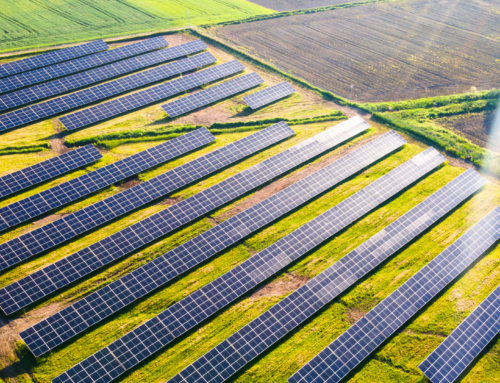Electric vehicles (EVs) have emerged as a promising solution to reduce carbon emissions and mitigate the impacts of transportation on the planet. Let’s dive into the basics of electric vehicles, explore their environmental benefits compared to traditional vehicles, and learn about EV charging and infrastructure.
Understanding Electric Vehicles (EVs)
Electric vehicles are automobiles powered by electricity stored in rechargeable batteries. Unlike conventional gasoline-powered vehicles, which rely on internal combustion engines, EVs use electric motors for propulsion. This innovative technology allows EVs to produce zero tailpipe emissions, making them a cleaner and more sustainable transportation option.
Environmental Benefits of Electric Vehicles
The shift towards electric vehicles offers several environmental advantages over traditional gasoline-powered cars. By eliminating tailpipe emissions, EVs help reduce air pollution, including harmful pollutants such as nitrogen oxides and particulate matter. Additionally, EVs contribute to lower greenhouse gas emissions, especially when charged with electricity generated from renewable sources like wind or solar power. Overall, widespread adoption of electric vehicles can play a significant role in combating climate change and improving air quality in urban areas.
EV Charging & Infrastructure
Charging an electric vehicle is a straightforward process that can be done at home, work, or public charging stations. Most EV owners choose to charge their vehicles overnight at home using a standard household electrical outlet or a dedicated Level 2 charging station. These chargers provide a slower but convenient way to replenish the vehicle’s battery while parked. For faster charging on the go, public charging stations, including Level 2 chargers and DC fast chargers, are available at various locations such as shopping centers, parking garages, and highways.
EV charging infrastructure refers to the network of charging stations and supporting facilities needed to accommodate the growing number of electric vehicles on the road. As the demand for EVs continues to rise, investments in charging infrastructure are crucial to ensure convenient access to charging for all EV drivers. Public and private stakeholders, including government agencies, utilities, and charging network operators, play a vital role in expanding and maintaining EV charging infrastructure.
Electric vehicles represent a cleaner, greener, and more sustainable future for transportation. With zero tailpipe emissions and lower environmental impact compared to traditional vehicles, EVs offer a promising solution to address climate change and improve air quality. Coupled with a growing network of EV charging infrastructure, electric vehicles are becoming increasingly accessible and practical for consumers worldwide. Embracing electric transportation is not just a choice—it’s a step towards a brighter, more sustainable future for generations to come.
CCEF offers financing for EV charging infrastructure for both homes and businesses. Contact us to learn more!







